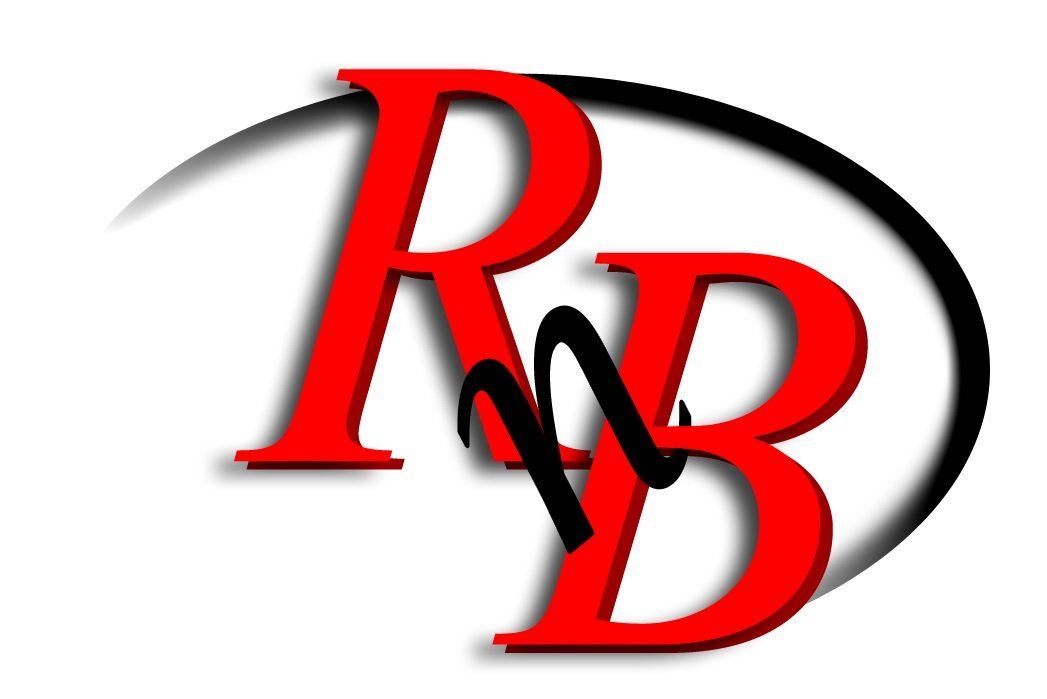Chief
Eden Prairie, MN 55344
United States

Welcome to part four of Chief’s AV Week series with Rob Zurn, Product Manager at Chief. He manages the Chief AV rack solutions and has more than 20 years’ experience with AV rack systems in the AV industry. I sat down with him to get the lowdown on some basic questions when it comes to AV racks. In part one, we discussed why AV racks are necessary. In part two, we got into deciding which AV rack to get for your project. In part three, we discussed a few of the biggest advantages of Chief AV racks. In this last post, Rob shares a few of his top tips for designing a solid AV rack with strong thermal management.
When I lay out an AV rack, I like to have at least a 1 U blank panel between every component. That gives some continuity to the whole layout, and it gives you far more accessibility and route-ability for the wires.
While you can use rear rack rail for wiring and cable management, Chief has something called lacing strips — vertical tie off metal strips— so you have a way to group various wires to keep them separate and organized. For example, because power is “noisy,” you want to keep them away from signal. Control cables like Ethernet that just transmit data can be closer, but all the signal wire should be as far away from the power as possible. If they have to cross, cross at 90 degrees to minimize crosstalk.
Joel: What about ordering the parts? How do you decide what will go where?
Rob: You want the parts that people would manipulate the most from the front at a good level, but also you want to have a crescent of workspace in the back. Don’t install a real shallow thing right between two really deep things, or it’s almost impossible to get your hands into it. The online Rackbuilder tool now has a view option to help see an AV rack design from the side perspective, which allows specifiers to notice such potential problems and make changes.
Joel: What do you recommend for thermal management?
Rob: This is key for a lot of these AV racks — when you are designing these rack systems, a lot of components have fans in them themselves. If there’s a fan, where’s the fan going? Is it pulling in from the front and blowing out the back? Knowing that information is important, because if you took another fan and put it right next to the component and that fan was blowing in from the back you just basically short-circuited the airflow. The purpose of a fan in a product is to get the heat out of that product. That’s its only job. The purpose of the fans in the AV rack is to take the heat that’s kicked out of the products out of the AV rack. The purpose of HVAC in a room is to take all that heat coming out of the AV rack out of the room. An AV rack fan can’t cool a component specifically and it can’t cool a room specifically. Its only job is to help with the active or passively cooled component by getting the heat out of the AV rack. Once it’s out of the AV rack, you have to do something. Maybe that whole room is cooled. Or they have hot and cold aisles. In my experience if you’ve designed an AV rack properly, and you have the pieces with room to breathe, and you didn’t order an AV rack that’s so crammed there’s no room to grow, you don’t need active fans. Again, the room has to have a solution itself, but if it’s designed right you can minimize the fan noise.
You want to block off the top front of the AV rack because that’s a short circuit potential. So all the hot things that need air are usually on the bottom, they pull in air from the bottom or the front, and they exhaust out the top or the top back. That’s really it.
Joel: Do you use perforated panels for thermal management?
Rob. If you do it right, yes, but they will almost always be on the bottom of the configuration. Air comes in the bottom, heats up, and the chimney effect pushes it up and out.
We design and install spaces to be functional and work smarter based on your specific needs. Let’s talk technology
OR CALL 800-998-8865



